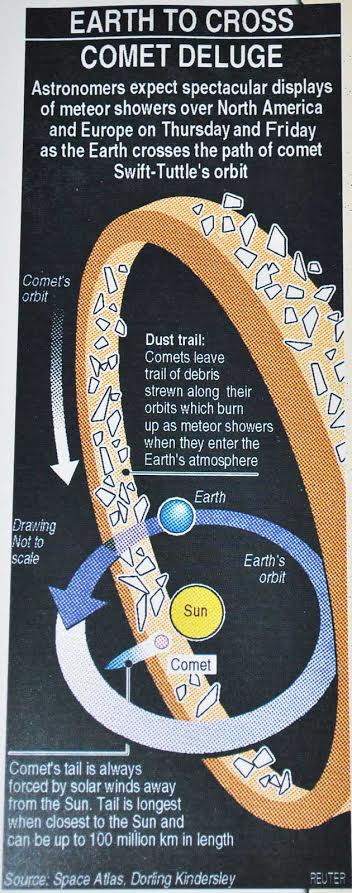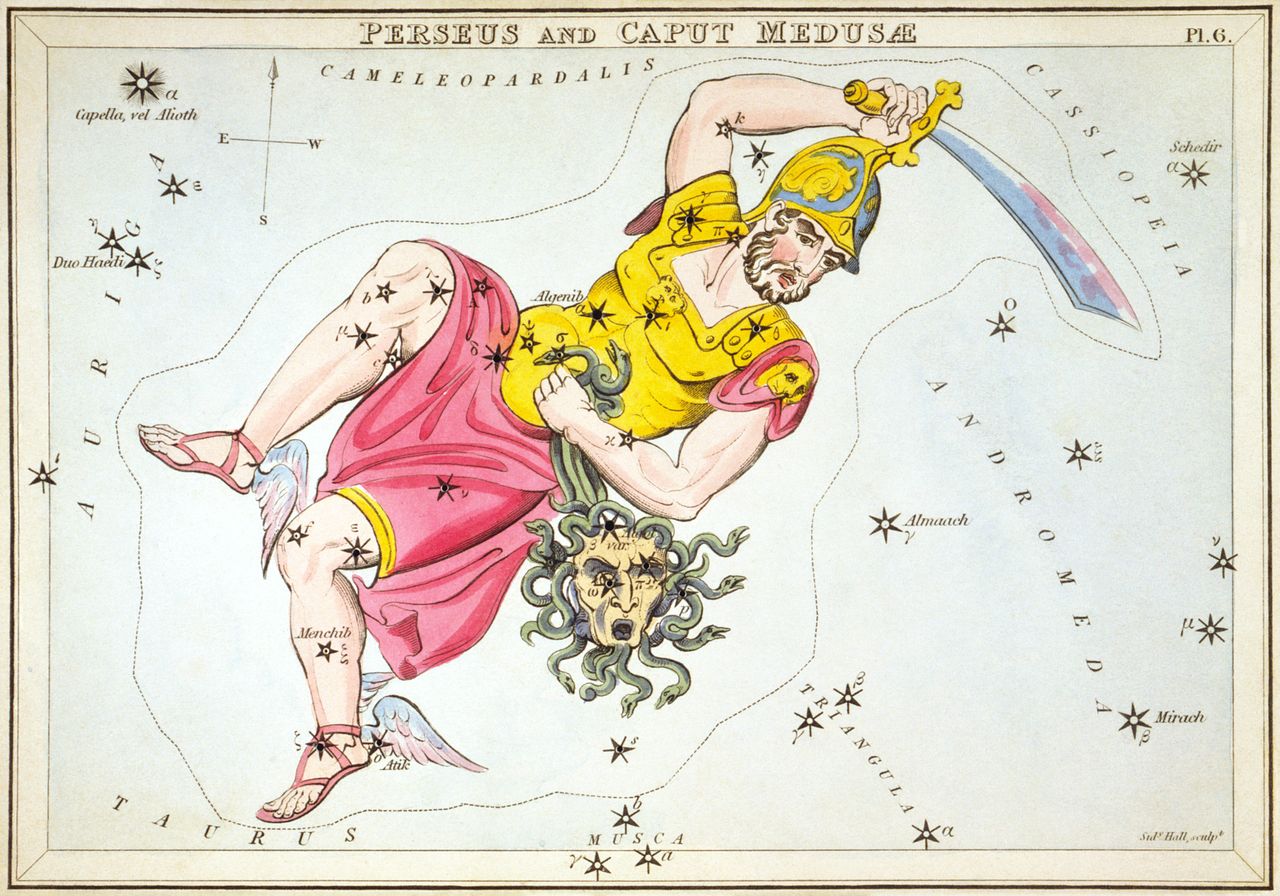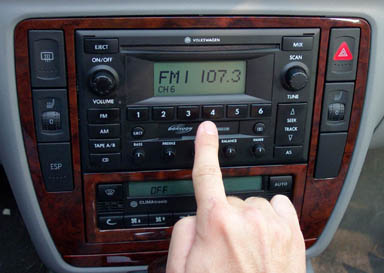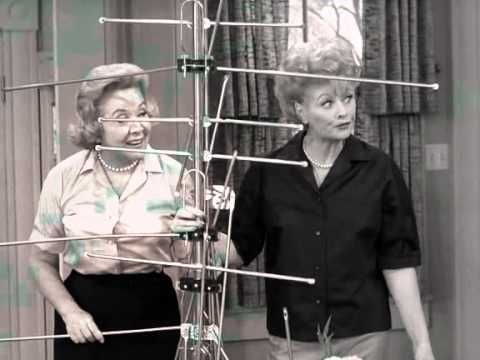
Every year the Earth passes through a stream of cosmic debris that originates from a comet known as Swift-Tuttle. Named for its modern-era discoverers Lewis Swift and Horace Parnell Tuttle, who independently spotted it in July of 1862, this same comet was observed by Chinese astronomers as far back as the year 69 BC.
Like Earth, Swift-Tuttle is orbiting the sun, but its eccentric trajectory takes over 130 years to complete one full go-round. And all along the way, for at least the past couple thousand years now, this 16 mile wide cosmic snowball has been leaving bits and pieces of itself behind.
These bits and pieces, mostly microscopic in size, are accumulating in a gigantic elliptical dust cloud that extends throughout the comet’s orbital path. And, as it happens, the Earth’s own orbital path carries us right through that cloud of Swift-Tuttle residue from about mid-July through August.
So when we hit the densest spot around August 11-12, BINGO! That’s when we’re treated to a spectacular sky show known as the Perseid Meteor Shower.
(The Perseid's are so-named because these meteors appear to emanate from the direction of the constellation Perseus, which was itself named after an ancinet Greek dude who came long before Messrs. Swift and Tuttle, and even earlier than the ancient Chinese astronomers previously mentioned.)


